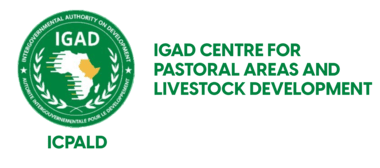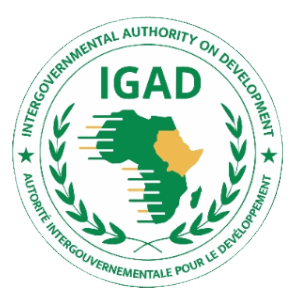- Version
- Download 0
- File Size 4.34 MB
- File Count 1
- Create Date June 28, 2025
- Last Updated June 28, 2025
Support to IGAD Countries to Develop Animal Feed Inventory & Balance Sheet
Livestock’s share of total agricultural output is nearly 40 per cent in developed countries and 20 per cent in developing ones, supporting the livelihoods of at least 1.3 billion people worldwide1. The vigorous growth of the sector and its ability to reach into many different areas of the economy and society presents a major opportunity for many countries on their path towards economic development. Despite the great potential for the livestock sector to transform millions of livelihoods, its growth is greatly constrained by many factors, with the most significant of all the bottlenecks being feed and fodder.
Overgrazing of rangelands, the subsequent erosion and shrinking of the natural rangelands and resource base principally driven by human and livestock population growth, combined with effects of climate change, feed and water scarcity are the main reasons for pastoral destitution in the IGAD region. Therefore, animal feed resources need to be considered in the broader perspective and not just during emergency as is the case now in many African countries, including Sudan, Somalia, Uganda and Kenya. The East Africa Animal Feed Action Plan formulated in 2019 by FAO and IGAD requires that countries have appropriate feed assessment and balance tools and the capacity to use them, so that they can establish feed inventory and feed balance and periodically update them. Using this information, the countries would be able to assess feed needs, feed resource availability and feed gaps, and to identify approaches to fill the feed gaps. This will make feed interventions in the countries effective in the immediate, medium and long term as well as help to build the livestock sector on sound foundation.
This project aimed to produce feed inventory and balance sheet for different sub-national entities of Kenya, Somalia, Sudan and Uganda. Information on feed balance enables effective management of natural resources, including animal feeds during emergency and normal periods, and contributes to development of the livestock sector on sound footings. Operationally, FAO and IGAD are helping to introduce new feed assessment and balance tools and build capacity to use them in the four countries listed above, so that they can establish feed inventory and feed balance and periodically update them.



